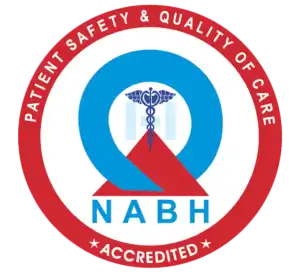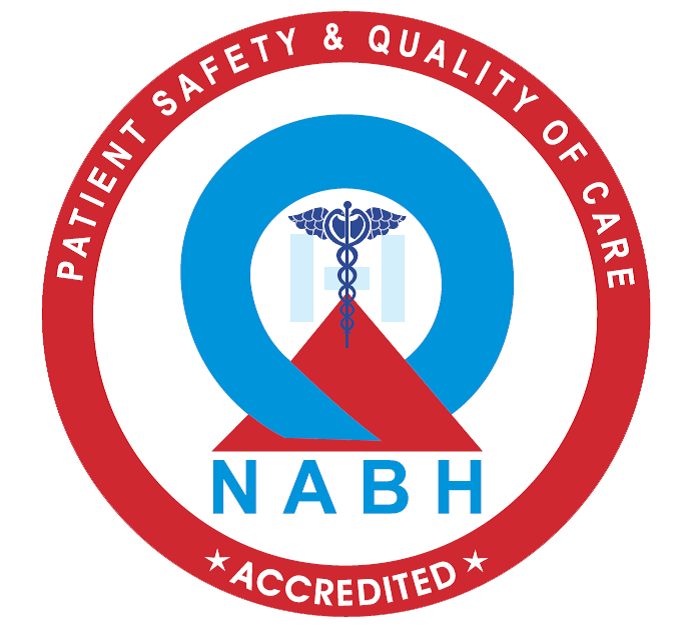What Is Trigeminal Neuralgia?
Trigeminal neuralgia is a long-term nerve condition marked by sudden, stabbing facial pain, usually on one side. It stems from irritation of the facial nerves, responsible for sensations like touch and temperature. Simple actions, such as talking or brushing your face, can trigger sharp, electric-like jolts.
Facial Nerves and Their Role
The facial nerves are an intricate network, and the trigeminal nerve is the largest among them. It’s divided into three main branches:
- Ophthalmic branch – affecting the forehead, upper eyelid, and scalp
- Maxillary branch – covering the cheeks, upper jaw, and lower eyelid
- Mandibular branch – running through the lower jaw, chin, and parts of the ear
When pressure, irritation, or inflammation affects any of these branches, it can lead to the hallmark stabbing pain that defines trigeminal neuralgia.
Common Trigeminal Neuralgia Symptoms

Identifying the signs early is crucial for effective care. Common symptoms include the following:
- Sudden, shooting pain that feels like an electric shock
- Pain lasting from a few seconds to several minutes
- Discomfort triggered by routine actions
- Facial twitching or spasms during pain episodes
Trigeminal Neuralgia Causes
While the precise reason can vary, most cases of trigeminal neuralgia stem from:
- A blood vessel presses against the trigeminal nerve, causing nerve misfiring
- Nerve damage following facial trauma or dental procedures
- Neurological conditions like multiple sclerosis that affect the protective sheath (myelin) of the nerve
- Tumours or cysts, in rare instances, press on the nerve
Understanding the root trigeminal neuralgia causes allows healthcare professionals to recommend the most appropriate form of care for lasting trigeminal neuralgia pain relief.
Trigeminal Neuralgia Risk Factors
Certain individuals are more likely to develop this nerve disorder. Known trigeminal neuralgia risk factors include:
- Age above 50, though it can occur earlier
- Family history of neurological conditions
- History of high blood pressure or vascular disorders
- Previous facial trauma or surgery
Monitoring for these risk factors can help with earlier diagnosis and improved outcomes.
Trigeminal Neuralgia Triggers to Watch Out For
Some common trigeminal neuralgia triggers that can provoke or intensify an attack include:
- Light touches to the face
- Chewing, speaking, or smiling
- Exposure to wind or cold air
- Applying makeup or shaving
- Brushing your teeth or eating
Knowing and avoiding your triggers can play a huge role in managing flare-ups.
Trigeminal Neuralgia Treatments
There are several ways to treat this condition today, with many patients preferring non-surgical methods for low risk and rapid recovery time. Let’s look at a few:
Non-Surgical Pain Management Options

For many patients, conservative care offers excellent results without incisions or hospital stays. These options are:
- Radiofrequency Ablation – In this finely tuned, minimally invasive procedure, controlled heat is skillfully applied to specific nerve fibres, disrupting the pain pathways and delivering focused, lasting relief where needed most.
- Neuromodulation – This approach uses mild electrical pulses to subtly retrain nerve behaviour, slowly restoring balance and easing discomfort.
- Advanced Medical Management – This refined approach blends the latest therapies to ease nerve irritation, support healing, and help the body return to its natural rhythm by minimising pain.
When Is Surgery Considered?

For cases where non-surgical techniques aren’t effective, surgical procedures like microvascular decompression or percutaneous rhizotomy may be explored. However, these are typically considered only when other treatments fail and under the guidance of an experienced trigeminal neuralgia specialist.
Choosing the Right Trigeminal Neuralgia Specialist
Whether newly diagnosed or seeking a second opinion, consulting a dedicated trigeminal neuralgia specialist is key. These professionals have deep experience diagnosing nerve-related facial pain and focusing on the trigeminal neuralgia cure. A skilled specialist will:
- Conduct detailed imaging to rule out structural causes
- Identify suitable treatment paths based on your health and pain levels
- Help track progress and adjust care as needed
Key Takeaways
- Trigeminal neuralgia results in excruciating, shock-like facial pain and can be initiated by routine actions
- One can manage trigeminal neuralgia better by identifying causes and risk factors
- Trigeminal neuralgia pain relief can be achieved through non-surgical methods
- Consulting a trigeminal neuralgia specialist ensures a targeted, effective plan for long-term recovery
If you’re navigating the challenges of trigeminal neuralgia, remember—you don’t have to settle for a life ruled by pain. With the right care, personalised therapy, and non-invasive treatment options, relief is well within reach.






